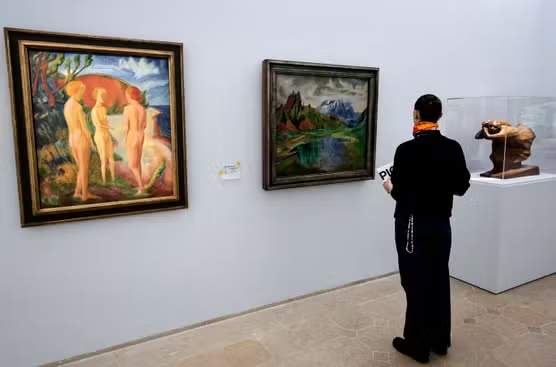
The Musée Picasso-Paris, home to the world’s largest collection of Pablo Picasso’s works, is preparing for a significant transformation under the ambitious “Picasso 2030” project. Announced this week, the renovation aims to modernize the museum without interrupting public access.
Forty years after its opening, the institution holds over 5,000 artworks and nearly 200,000 archival items from the Spanish master. The upcoming overhaul includes merging the museum’s garden with the adjacent Square Léonor-Fini and creating a new wing dedicated entirely to temporary exhibitions.
Unlike many major cultural projects, the Musée Picasso will not close its doors during construction. Instead, the work will be carried out in phases between 2028 and 2030, ensuring visitors continue to enjoy its vast collection.
The decision to launch renovations may surprise some, as the museum tripled its exhibition space only a decade ago. However, President Cécile Debray emphasized that the changes are not due to structural concerns.
“The building is magnificent and extremely well-maintained. But over time, I have noticed its limitations,” Debray explained. “Visitor traffic constantly intersects. The museum was designed in the 1980s as a jewel box, not a living space.”
Debray, who has led the institution since 2021, has spent two years building consensus for the project. The City of Paris, which owns the hôtel particulier and the neighboring garden, the French state, custodian of the collection, and the Picasso heirs, who oversee the artist’s moral rights, all had to approve the plans.
The expansion is expected to bring new vitality to the Marais district, where the museum is located, while enhancing Paris’s reputation as a global art capital. It will also allow the institution to stage larger, more dynamic exhibitions alongside its permanent collection.
The “Picasso 2030” initiative follows similar modernization projects recently undertaken at the Musée d’Orsay and the Louvre. Together, these efforts reflect a broader push to adapt Paris’s cultural landmarks to the demands of modern audiences.
While the renovation will not alter the historic character of the 17th-century Hôtel Salé, it will reimagine visitor circulation and exhibition design. The new garden space and wing are intended to make the museum feel more open, accessible, and connected to its surroundings.
As the countdown to 2030 begins, the Musée Picasso is set to embark on a journey that balances tradition and innovation, offering visitors a fresh way to experience the genius of Pablo Picasso.